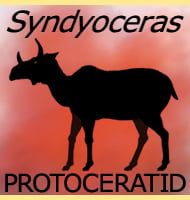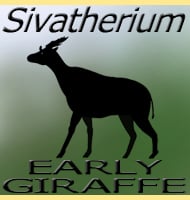Macrosqualodelphis
In Depth Macrosqualodelphis is a genus of river dolphin that is known to have lived in waters of Peruvian South America during the Miocene. Further Reading - A new large squalodelphinid (Cetacea, Odontoceti) from Peru sheds light on the Early Miocene platanistoid disparity and ecology. - Royal Society Open Science 5(4):172302. - G. Bianucci, G. … Read more

